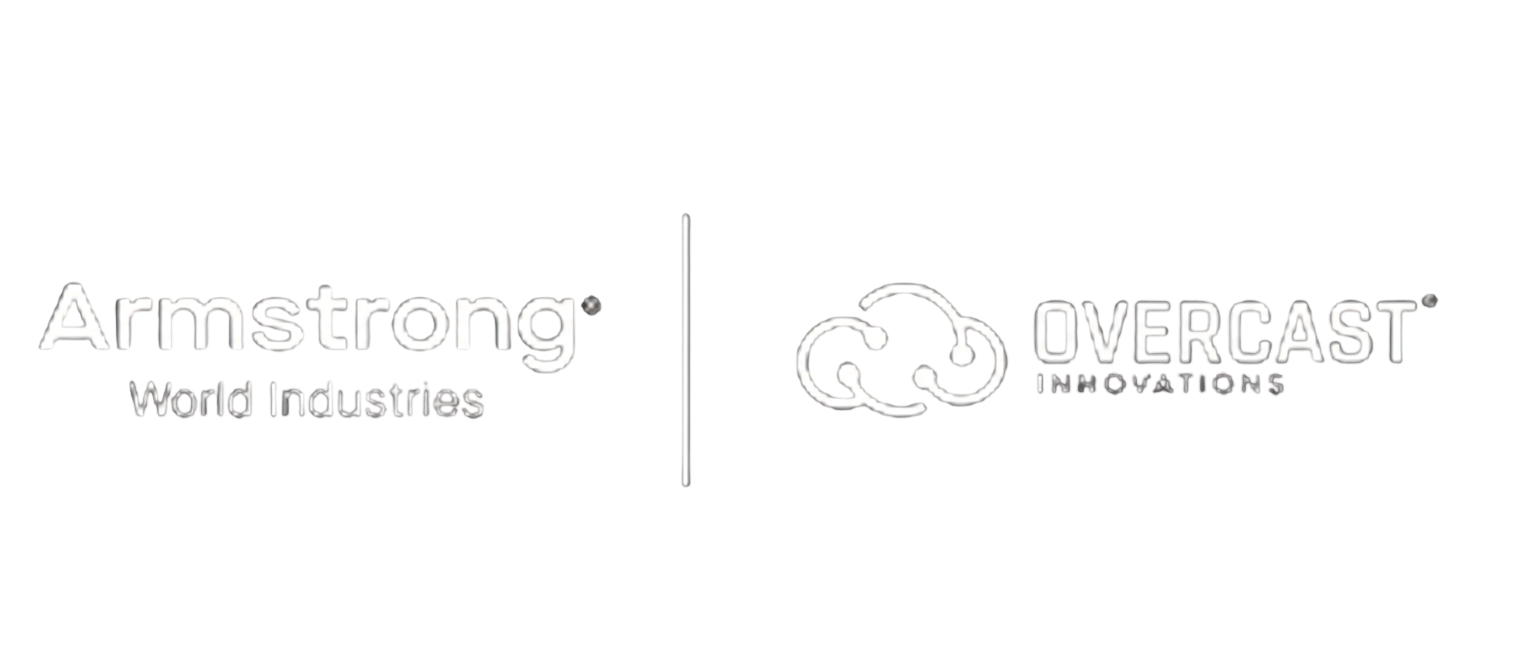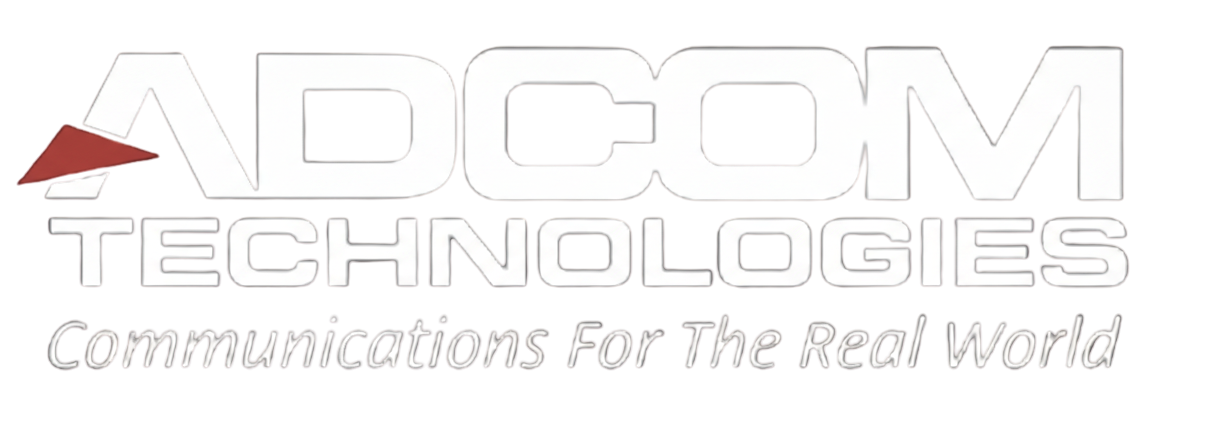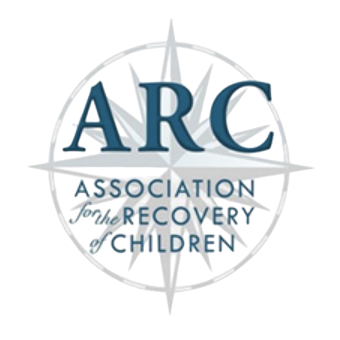
Operationalizing Innovation. Architecting Impact.
Bridging federal strategy, emerging technology, and mission-critical results.
McIntosh Technologies Consulting transforms decades of federal contracting and intelligence experience into actionable innovation.
Trusted by the U.S. Departments of Homeland Security, Energy, and Defense, the firm advances mission-critical technologies across energy, cybersecurity, and critical infrastructure—delivering precision outcomes where reliability matters most.
RJ McIntosh, MBA CTIS
CAGE CODE- 9DWY6
UEI- NB85PJ72R9L1
Leading Through Complexity: The VUCA Mindset
RJ McIntosh transforms breakthrough technologies into federal solutions that matter. As a federal contracting strategist and national intelligence specialist focused on advanced next generation technologies development, he bridges the gap between technology research levels (TRL) innovation and Pentagon priorities supporting our war fighters—turning cutting-edge concepts into mission-ready demonstrable capabilities that defend, secure, and advance America’s interests.
From the battlefield to the boardroom, RJ brings a rare combination of operational insight and strategic execution. His U.S. Army intelligence service instilled precision under pressure, while his leadership role at the U.S. Department of Energy serving as the first national federal data centers manager and now serving as a Center for Threat Intelligence Specialist (CTIS) a sponsored program of the U.S. Department of Homeland Security (DHS) and a certified Facilities Security Officer (FSO) with the Defense Counterintelligence Security Agency (DCSA) sharpened his ability to navigate complex technology intelligence landscapes. This unique foundation has made him the go-to strategist for DoE, DoD, DHS and for Association for the Recovery of Children (ARC) initiatives where he serves as CISO executing OSINT capabilities that demand both technical excellence and real time tactical awareness.
At McIntosh Technologies Consulting, RJ has architected a fundamentally different approach to federal contracting. While competitors deploy armies of junior analysts, the MTC team works directly with every client—delivering the kind of senior-level strategic thinking typically reserved for Fortune 500 retainers. This boutique model focused on “Other Transactional Authorities” (OTA) isn’t just about personalized service; it’s about precision, agility, and results that win sooner rather then later beyond traditional contract means.
RJ’s leadership philosophy was shaped in environments defined by VUCA—Volatility, Uncertainty, Complexity, and Ambiguity. Originally coined by the U.S. Army War College, the VUCA model has become the defining framework for modern decision-making. MTC applies these principles to help clients anticipate change, adapt with confidence, and execute successfully in complex and unpredictable environments.
The MTC Advantage:
Dual-use mastery: Seamlessly translates commercial innovation into federal applications across energy, cyber, and critical infrastructure.
Evaluator-ready strategies: Compliance-first approaches that don’t just check boxes—they outperform competitors.
Direct access: No account managers, no junior staff—just senior expertise from day one.
Award-driven outcomes: A proven track record of transforming complex requirements into contract-winning victories.
VUCA-aligned leadership: A disciplined approach that turns volatility and ambiguity into opportunity.
In a landscape where most consultants speak either tech or government—but rarely both fluently—RJ McIntosh is the translator, strategist, and executor who makes breakthrough technologies work for breakthrough missions. His approach delivers measurable impact where it matters most: in the success of the mission itself.
Impact Focused
From Innovation to Mission Impact — Who We’ve Worked With
McIntosh Technologies Consulting works with organizations at the forefront of defense, energy, and intelligence to turn innovation into federal-ready impact. From advanced technology firms to mission-driven nonprofits, our clients rely on us for compliance-driven, evaluator-ready strategies that align innovation with mission success.
Selected Clients & Affiliations:
Adacen – Delivering secure, resilient advancements in AI High Performance Compute (HPC) data and cybersecurity.
Quantum Wave – ( A MAD ENERGY Company) Connecting “Wireless Power Transfer” next-generation surface wave energy solutions with federal markets.
Association for the Recovery of Children (ARC) – Enhancing mission readiness and national resilience through intelligence-driven consulting.
ADCOM - Next Generation multiplex communications platform addressing Pentagon JADC2 Land Mobile Radio (LMR) market in defending the war fighter.
OVERCAST/Armstrong World Industries - Advanced data center interior designs (DCID) eco system ceiling panel solutions for carbon capture and whole buildings control environment.
Ready to Operationalize Innovation?
Schedule a strategic consultation to transform your next-gen technology into mission-ready impact.









